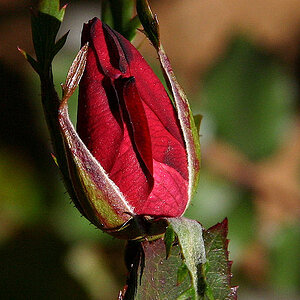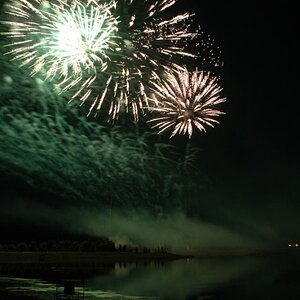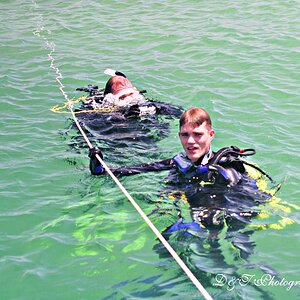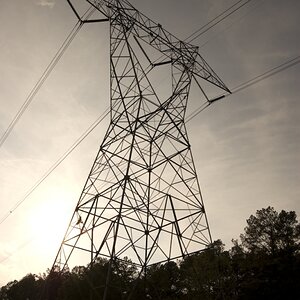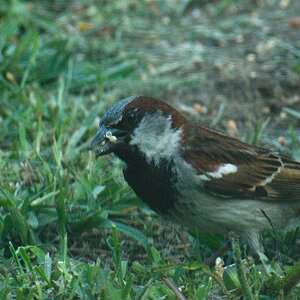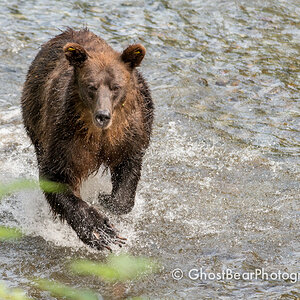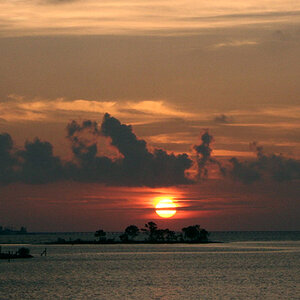Navigation
Install the app
How to install the app on iOS
Follow along with the video below to see how to install our site as a web app on your home screen.

Note: This feature currently requires accessing the site using the built-in Safari browser.
More options
You are using an out of date browser. It may not display this or other websites correctly.
You should upgrade or use an alternative browser.
You should upgrade or use an alternative browser.
What are light filters?
- Thread starter Chode
- Start date
Alex_B
No longer a newbie, moving up!
- Joined
- Aug 30, 2006
- Messages
- 14,491
- Reaction score
- 206
- Location
- Europe 67.51°N
- Can others edit my Photos
- Photos NOT OK to edit
huh, we could make this a long thread, i am sure though that we ahve all the answers in some older thread, not sure where though.
- polarizer (circular) filters out one out of two of light's polarisations ... with the right set up this can help to get more contrast in clouds or to get rid of reflections on water or similar surfaces .... or actually to strengthen reflections, depending on what you desire.
- neutral density (ND) or grey filter ... just takes a ways some light in order to get longer exposures if there is a lot of light, or to allow for larger apertures (and hence shallower depth of field).
- split ND or graduated ND take away light only in part of the image... this is useful if you have a bright sky and a dark foreground, then you have a chance to expose both correctly in one shot
- UV filters, filter UV light (as most glass does anyway) ... today's sensors with their filter glass in front of them are not UV sensitive anyway. But many people (me included) use thenm to protect the front glass of their lenses.
- Colour filters ... well they just filter selected colours ... very useful on film as a sort of white balance, but with digital cameras this can be easily done in post processing.
-Effect filters ... would stay away from them, and it can be all done in postprocessing anyway.
- Skylight filters, similar to UV filters but with a slight colour cast.
- I certainly forgot some
- polarizer (circular) filters out one out of two of light's polarisations ... with the right set up this can help to get more contrast in clouds or to get rid of reflections on water or similar surfaces .... or actually to strengthen reflections, depending on what you desire.
- neutral density (ND) or grey filter ... just takes a ways some light in order to get longer exposures if there is a lot of light, or to allow for larger apertures (and hence shallower depth of field).
- split ND or graduated ND take away light only in part of the image... this is useful if you have a bright sky and a dark foreground, then you have a chance to expose both correctly in one shot
- UV filters, filter UV light (as most glass does anyway) ... today's sensors with their filter glass in front of them are not UV sensitive anyway. But many people (me included) use thenm to protect the front glass of their lenses.
- Colour filters ... well they just filter selected colours ... very useful on film as a sort of white balance, but with digital cameras this can be easily done in post processing.
-Effect filters ... would stay away from them, and it can be all done in postprocessing anyway.
- Skylight filters, similar to UV filters but with a slight colour cast.
- I certainly forgot some
Chode
TPF Noob!
- Joined
- Mar 27, 2007
- Messages
- 39
- Reaction score
- 0
- Can others edit my Photos
- Photos NOT OK to edit
Tnx!
ND filters looks like more useful to me! How about prices? I want 58mm filter.
Polarising filters are not bad too, but ND is something that can be of use to me!
And are there different types of ND filters? Darker-lighter... ?
ND filters looks like more useful to me! How about prices? I want 58mm filter.
Polarising filters are not bad too, but ND is something that can be of use to me!
And are there different types of ND filters? Darker-lighter... ?
Alex_B
No longer a newbie, moving up!
- Joined
- Aug 30, 2006
- Messages
- 14,491
- Reaction score
- 206
- Location
- Europe 67.51°N
- Can others edit my Photos
- Photos NOT OK to edit
ND filters looks like more useful to me! How about prices? I want 58mm filter.
you get what you pay for ... but with 58mm you are lucky since they are much cheaper than the larger ones. at 82mm it gets painful
You should get useable NDs around 50 EUR or even below I suppose.
If you shoot outdoors a lot, a polariser could be worth it. But for myself I do not consider it essential.Polarising filters are not bad too, but ND is something that can be of use to me!
yes, it depends on how much light they filter. there are different ways to label them ... where was this link which explains it all? *thinks*And are there different types of ND filters? Darker-lighter... ?
Most reactions
-
 449
449 -
 287
287 -
 270
270 -
 268
268 -
 211
211 -
 189
189 -
 179
179 -
 177
177 -
 175
175 -
 172
172 -
 162
162 -
 125
125 -
 117
117 -
I
106
-
 94
94
Similar threads
- Replies
- 9
- Views
- 514

